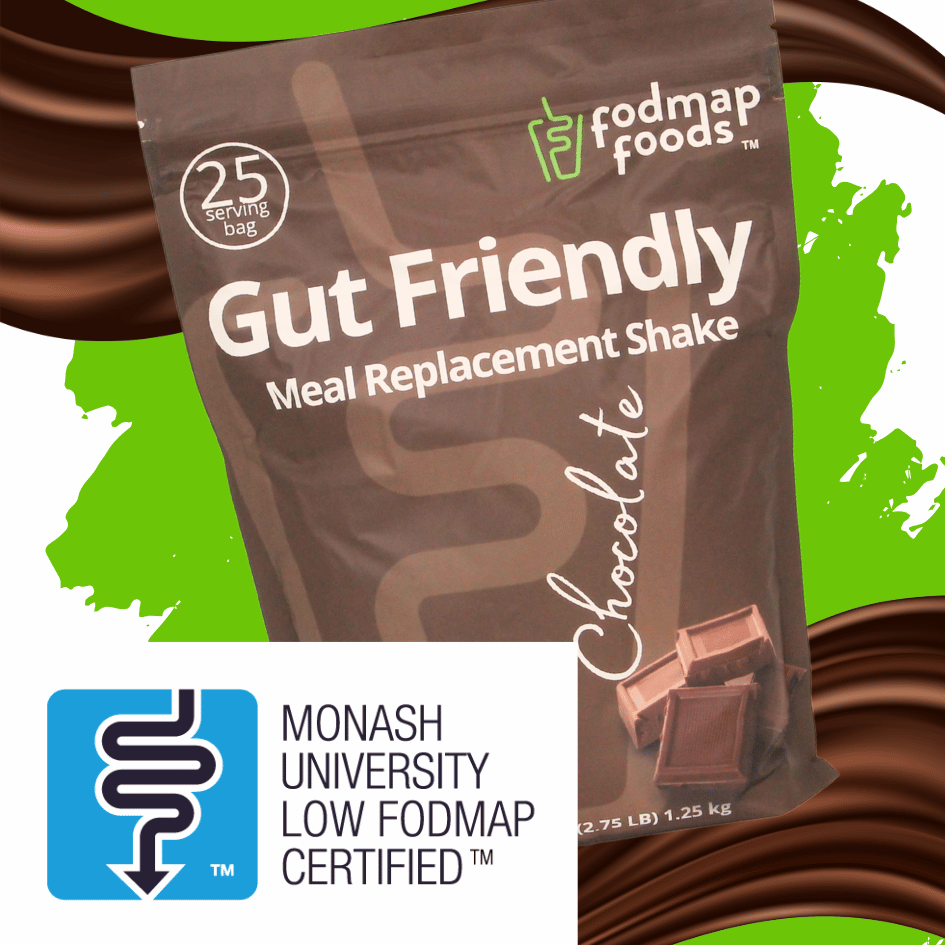Does Raw Milk Have Super Powers?

Raw Milk : Weighing Risks, Benefits, and the Environment
Drinking raw milk has sparked debate over potential health benefits, such as reduced allergies and asthma, versus its well-documented risks. While some claim raw milk's bioactive compounds offer protective effects, research shows that exposure to farm environments—rather than consuming raw milk—may be the more significant factor in lowering allergy risks. Let’s explore both sides and dive into the bigger picture.
Potential Benefits of Raw Milk
Some studies suggest possible benefits of raw milk consumption, especially in early life:Bioactive Proteins:
Raw milk contains unaltered proteins, including immunoglobulins, lactoferrin, and enzymes, which are partially destroyed during pasteurization. These proteins are thought to contribute to immune modulation, potentially reducing allergic reactions in some individuals.
Studies suggest that raw milk may reduce the risk of allergies, including asthma and hay fever.[5] Keep reading below for a more likely explanation.[6-7]
Gut Microbiota Benefits:
Raw milk contains natural probiotics (beneficial bacteria) that are destroyed during pasteurization. These bacteria may support gut health, which plays a role in immune regulation and allergy prevention.
Heat-Sensitive Proteins:
Some proteins in milk, like whey proteins, are sensitive to heat. Pasteurization may alter their structure, potentially affecting how they are digested and recognized by the immune system. In rare cases, this could result in reduced allergic reactions to raw milk compared to pasteurized milk.
Lower Allergenicity for Some Individuals:
Anecdotal evidence suggests that certain individuals with mild dairy sensitivities (not true milk allergies) may tolerate raw milk better than pasteurized milk, possibly due to its unaltered state. However, these findings are not exclusive to raw milk. The broader farm environment offers similar or even stronger protective effects.
Risks of Drinking Raw Milk

Raw milk can harbor dangerous pathogens such as E. coli, Salmonella, Listeria monocytogenes, and Campylobacter, which can lead to severe illnesses:
- Contamination Rates: A study from Ethiopia found 61.3% of raw milk samples contaminated with pathogens like E. coli and Listeria.[1]
- Disease Outbreaks: In the U.S., unpasteurized milk causes an average of 760 illnesses and 22 hospitalizations annually, mostly due to Salmonella and Campylobacter.[2]
- Severe Consequences: In North America, outbreaks from unpasteurized dairy have led to 449 illnesses, 124 hospitalizations, and five deaths since 2007.[3]
Despite anecdotes about health benefits, the risks of consuming raw milk outweigh the potential rewards. 5 children or even adults dying because of "secret health" benefits is not worth raw milk. Pasteurization remains the safest way to ensure milk's microbiological safety.[4]
The Farm Effect: More Than Raw Milk

Growing up on a farm provides unique microbial exposure, which may better explain the reduced rates of allergies and asthma often associated with raw milk:
- Microbial Diversity: Farm life introduces children to a wide variety of microbes from livestock, hay, and soil, strengthening the immune system and promoting tolerance to allergens.[8]
- Livestock Exposure: Contact with farm animals and dust leads to increased production of anti-inflammatory immune responses and regulatory T cells.[9]
- Maternal Farming Activities: Children whose mothers were exposed to farm environments during pregnancy show lower rates of allergies, likely due to prenatal immune programming.[10]
These benefits extend beyond milk consumption, highlighting the importance of environmental exposure.
Final Takeaway: It’s About the Farm, Not the Milk

While raw milk has been associated with some health benefits, it is clear that the protective effects against allergies and asthma are more closely tied to the broader farm environment. Microbial diversity and early-life exposure to farm life provide a stronger and safer foundation for immune health than the consumption of raw milk. Given the significant risks of raw milk, choosing pasteurized milk while embracing other elements of farm life—like spending time outdoors and interacting with animals—may offer the best of both worlds.
References
Gume B, Berhanu L, Kassa T, et al. Bacterial Hazard Identification and Exposure Assessment of Raw Milk Consumption in Jimma Zone, South West Ethiopia. BMC Microbiology. 2023;23(1):166. doi:10.1186/s12866-023-02910-0.
Costard S, Espejo L, Groenendaal H, Zagmutt FJ. Outbreak-Related Disease Burden Associated With Consumption of Unpasteurized Cow's Milk and Cheese, United States, 2009-2014. Emerging Infectious Diseases. 2017;23(6):957-964. doi:10.3201/eid2306.151603.
Sebastianski M, Bridger NA, Featherstone RM, Robinson JL. Disease Outbreaks Linked to Pasteurized and Unpasteurized Dairy Products in Canada and the United States: A Systematic Review. Canadian Journal of Public Health. 2022;113(4):569-578. doi:10.17269/s41997-022-00614-y.
Lejeune JT, Rajala-Schultz PJ. Food Safety: Unpasteurized Milk: A Continued Public Health Threat. Clinical Infectious Diseases. 2009;48(1):93-100. doi:10.1086/595007.
Loss G, Depner M, Ulfman LH, et al. Consumption of Unprocessed Cow's Milk Protects Infants From Common Respiratory Infections. The Journal of Allergy and Clinical Immunology. 2015;135(1):56-62. doi:10.1016/j.jaci.2014.08.044.
Abbring S, Hols G, Garssen J, van Esch BCAM. Raw Cow's Milk Consumption and Allergic Diseases - The Potential Role of Bioactive Whey Proteins. European Journal of Pharmacology. 2019;843:55-65. doi:10.1016/j.ejphar.2018.11.013.
Sozańska B. Raw Cow's Milk and Its Protective Effect on Allergies and Asthma. Nutrients. 2019;11(2):E469. doi:10.3390/nu11020469.
Deckers J, Lambrecht BN, Hammad H. How a Farming Environment Protects From Atopy. Current Opinion in Immunology. 2019;60:163-169. doi:10.1016/j.coi.2019.08.001.
Frei R, Heye K, Roduit C. Environmental Influences on Childhood Allergies and Asthma - The Farm Effect.Pediatric Allergy and Immunology. 2022;33(6):e13807. doi:10.1111/pai.13807.
House JS, Wyss AB, Hoppin JA, et al. Early-Life Farm Exposures and Adult Asthma and Atopy in the Agricultural Lung Health Study. The Journal of Allergy and Clinical Immunology. 2017;140(1):249-256.e14. doi:10.1016/j.jaci.2016.9.036.








Leave a comment